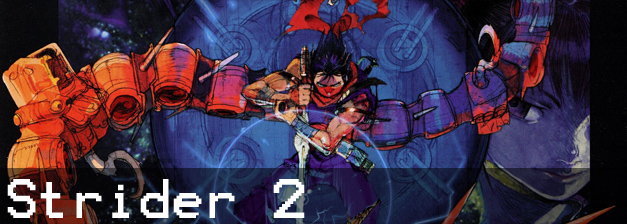
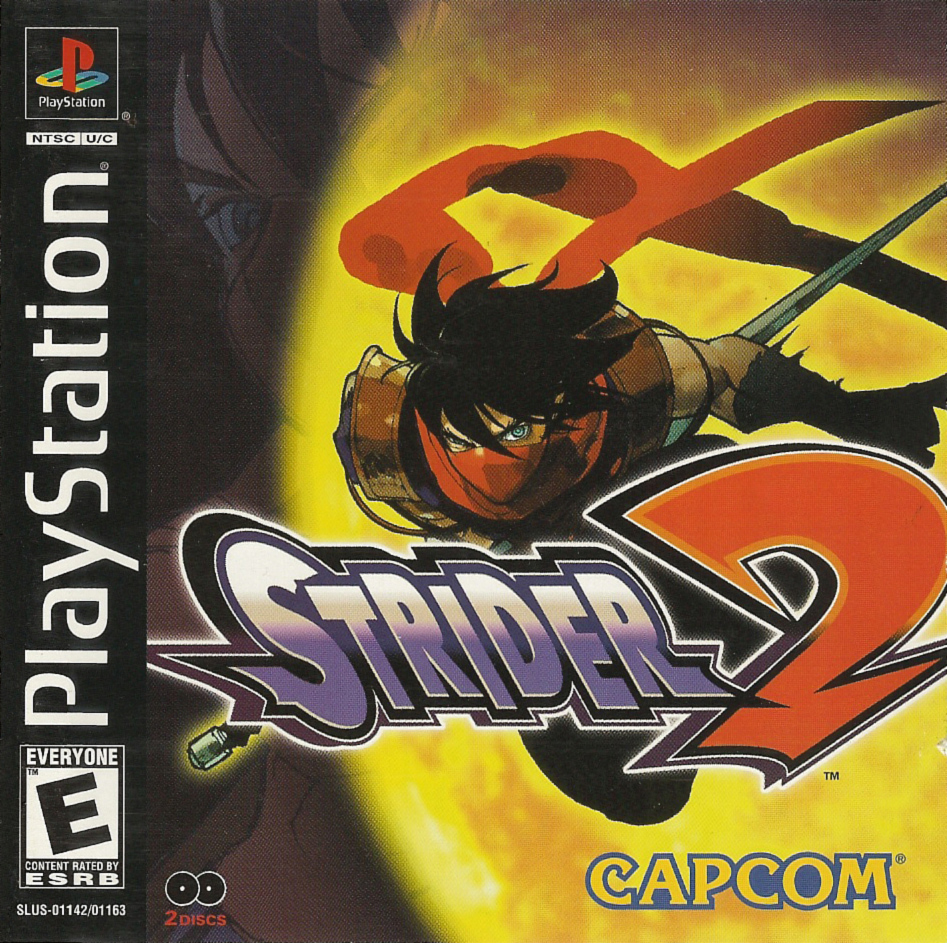 |
Strider 2
Developer: Capcom |
After a decade in hiding, Hiryu lurks out of the shadows of Capcom for the proper sequel to the original 1989 arcade game, Strider. Sure, he was spotted a few years earlier when he appeared on the roster for Marvel VS Capcom, but his presence there was just a tease of what was to come for the franchise.
Like its predecessor, Strider 2 would appear in arcades first, but using the Sony ZN-2 board. This was a popular board for Capcom during the late ‘90s as they had a number of games that used the ZN-2. Some included Rival Schools: United by Fate, Street Fighter EX2, and Tech Romancer. This hardware is based on the PlayStation, so porting Strider 2 to the Sony console was a no brainer. However, this option wouldn’t come without some flaws.
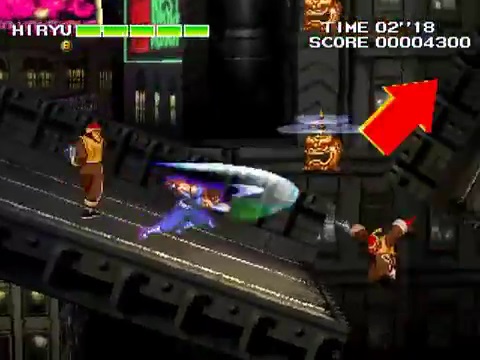
A fad for the time, Capcom used the “2.5D” perspective for some of their games. They accomplished this by having 3D polygonal backgrounds with 2D sprites in the foreground. You could see it in other Capcom games like Marvel vs. Capcom 2 and Capcom vs. SNK 2. While this was a cool idea, it really didn’t work well with Strider 2 as the character sprites looked washed out and just superimposed in front of the polygonal backdrops. The Naomi arcade board would do a better job with this 2.5D perspective for the Versus games mentioned above due to better hardware resources and resolution handling. However, controlling 2D sprites was the better choice than having the player control a polygonal Hiryu. With sprites, the action would be tighter and quicker when responding to the player’s control input.
Having said all of that, I’m delighted to inform that Strider 2 is an awesome game. It’s a fast paced, arcade style game that is relatively quick to complete, but is fantastic from start to finish. Like in the original, it has the player controlling Hiryu, a Strider whose ninja like and skilled in nefarious activities like demolitions and assassinations. He is the youngest and most skillful in his profession; with the ability to wield the difficult to use Cypher plasma sword. During Hiryu’s 2000 year disappearance, Grandmaster has made a comeback and now controls the world. Hiryu’s mission is to assassinate Grandmaster.
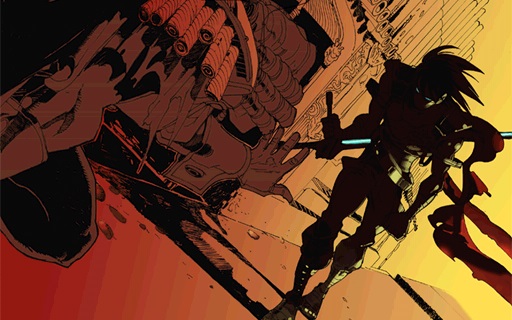
The journey will span across the globe in a similar style to the original, but this time the player can choose the order of the first few missions, giving a slightly less linear feel to the game. When playing a mission, each stage is jammed packed with enemies, so you’ll be slashin’ down fools constantly throughout. Due to the limited RAM of the PlayStation, there is a load screen between each sub-stage. There are a lot of these, which is a shame because it grinds the momentum of the game to a grinding halt every time you get to one.
Somewhat noted to earlier, this is a 2D side scrolling action game. The backgrounds may be polygonal, but all the characters are 2D sprites. And with the action being all in 2D form, this leads to a tight and responsive control system. Hiryu is a character that feels light on his feet, so he’ll be running and jumping all over the screen. And speaking of jumping, you can change directions while in mid-air, so if a jump was miscalculated, corrections can be made as to prevent a jump down into a pit or onto an enemy’s attack.
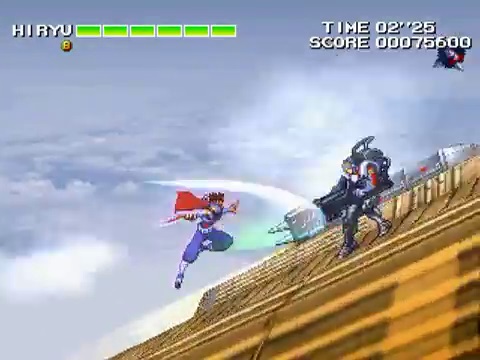
While the story is a bit on the light side, it is told well. It’s presented between each level as a series of still slides with an anime style to it. The dialog is pretty good, too. I liked Hiryu’s quick and dry responses to whenever an enemy basically calls him a fool for challenging Grandmaster’s reigning. There is no speech in the game besides the occasional death yell (which is a shame compared to Strider 1 where they tried to squeeze speech in wherever they could. Who could forget: “All sons of old gods, DIE!!” So instead, text covers all of the dialog for the story.
Although it can be challenging at times, the game is pretty quick to beat thanks to the unlimited continues. Because of this, you can always pick up right where you died. No need to go back a few steps or to the beginning of the level. And due to the short length of the game, the US release of Strider 2 came bundled with a copy of the original Strider game. Fantastic if you want to compare the two games or know the story prior to the events of the sequel. There was, however, a hiccup during manufacturing as the disc labels were mixed up; so if you are hunting down a disc only copy of Strider 2, the label for the disc would be the original Strider and vice versa.
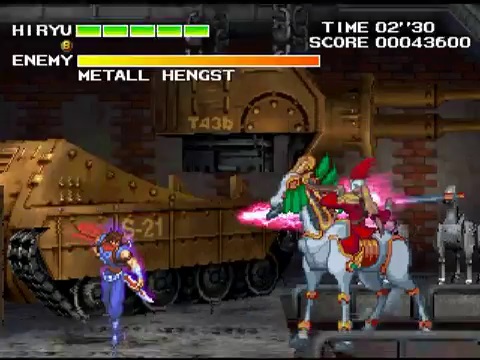
The Strider franchise is a pretty cool one and Strider 2 is an interesting game, especially given the time of when it was released. Meaning, during the year 2000, game developers had basically abandoned 2D gaming and moved on to full polygonal 3D gaming. 2D gaming wasn’t old enough for people to reminisce and appreciate its gameplay and ascetics like it did starting in the latter half of the 2000s. To date, there has only been 3 official Strider games since the original was released back in 1989 – 6 if you count all of them. So sure, it doesn’t see much in terms of new games and whatnot, but it is a series worth checking out, and especially Strider 2 – even if you just catch a quick play video of it online.
Posted on: February 19, 2015
